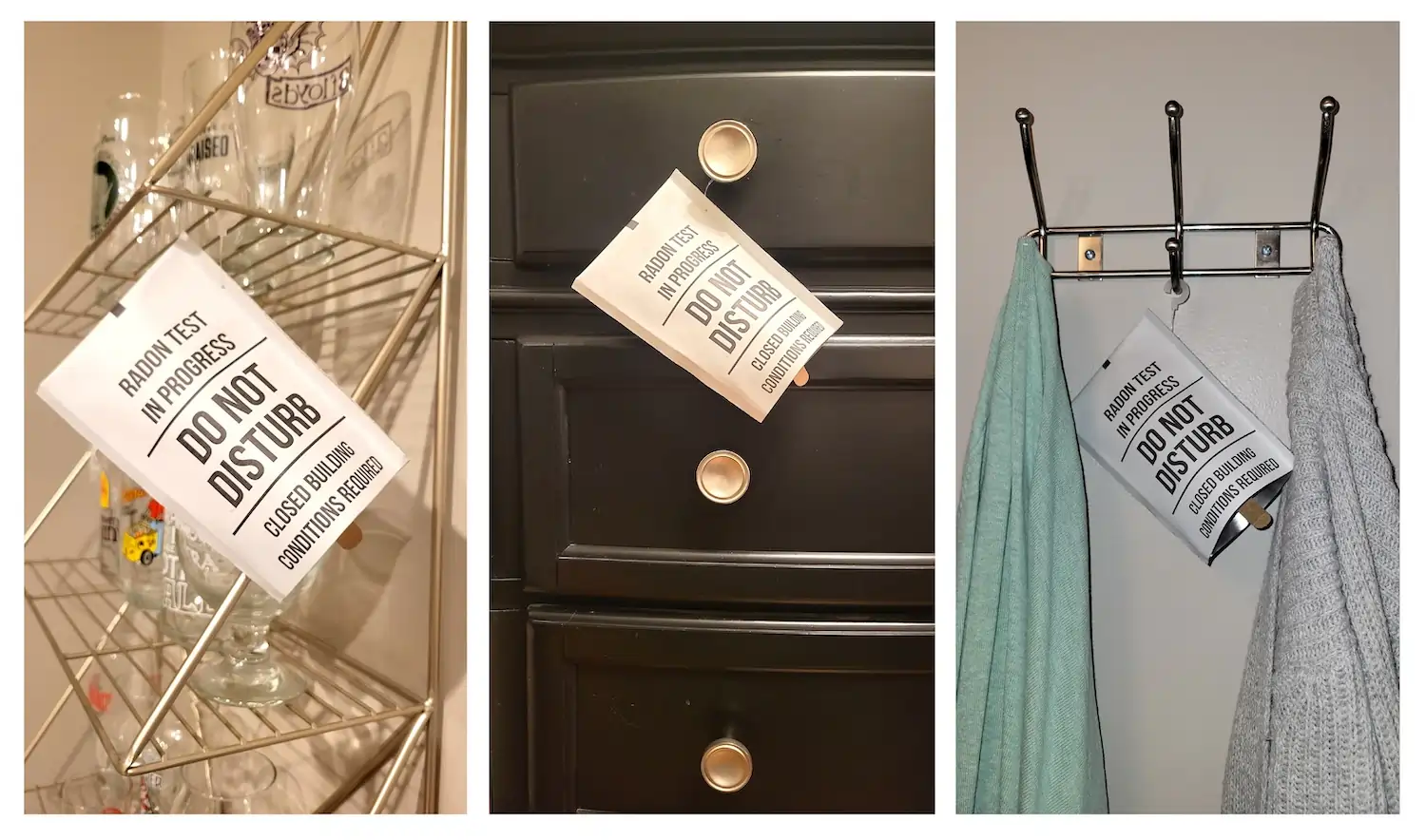Radon is recognized by the Environmental Protection Agency (EPA) as a Class A carcinogen, and exposure to radon gas is the leading cause of lung cancer among non-smokers in the United States. Radon is an odorless, colorless radioactive naturally-occurring gas that moves up through the soil and often enters buildings through cracks and other defects in the foundation. The amount of radon in the soil depends on its chemistry, and elevated levels can be found anywhere in Illinois. The EPA recommended Radon Action Level for the interior of a building is 4.0 picoCuries per liter (pCi/L) of air, and the Illinois Emergency Management Agency identifies DuPage, Will and Kane Counties, as well as numerous counties located in the central and western portions of the state, as having general predicted radon averages above 4.0 pCi/L.
Recently, the Department of Housing and Urban Development (HUD) published a department wide radon policy notice that requires the consideration of radon gas in buildings for all proposed HUD projects. This is the first time HUD is addressing the risk of residential radon exposure across the entire department. The final policy was published on January 11, 2024 and goes into effect on April 11, 2024, after which HUD staff must consider radon for all projects pursuing financing through the agency.
HUD’s preferred method for addressing the risk of radon in residential structures is to conduct radon testing by a certified radon professional in accordance with the American National Standards Institute/American Association of Radon Scientists and Technologists (ANSI/AARST) standards. Pioneer’s staff is a certified member of AARST and the National Radon Proficiency Program (NRPP) and is licensed to conduct radon measurement studies in Illinois, Indiana and Wisconsin. If you would like to discuss a potential radon testing project, please do not hesitate to contact us at 773-722-9200.


